More than 1 million penguins discovered on Danger Islands off Antarctica
It's 5 times the size of Germany and full of ice-loving Adelie penguins
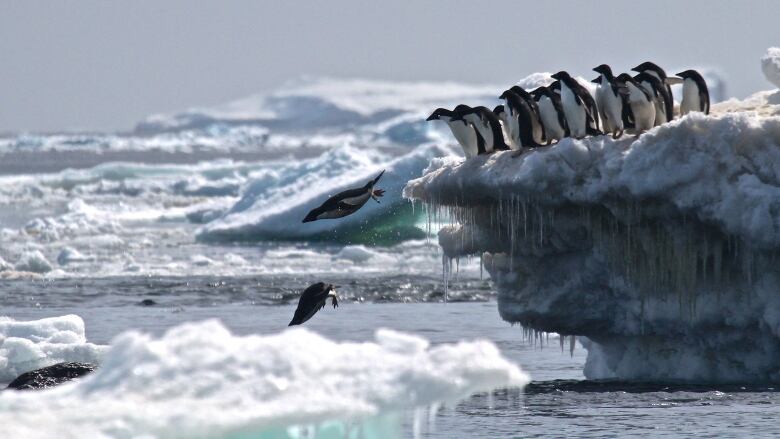
Antarctica is pretty much the most isolated place on the planet, which is why it's also one of the most fascinating.
Homestretch naturalist Brian Keating just returned from a visitand spoke to Terri Campbell about the exciting new discovery of a 1.5-million strong penguin colony on islands so remote, no one realized the animals were there.
Population in decline?
Prior to the discovery, it was thought that the population of Adelie penguins on Antarctica was in decline.
"There's been about a half degree Celsius temperature rise every decade since 1956," said Keating."And this has changed the landscape significantly and changed the populationof penguins.
"Ice-loving penguins, like the Adelie penguins, have moved south, and populationsthat existed in the thousands as recently as a decade ago, are now gone replaced by other penguins more tolerant to warmer waters and fishing."
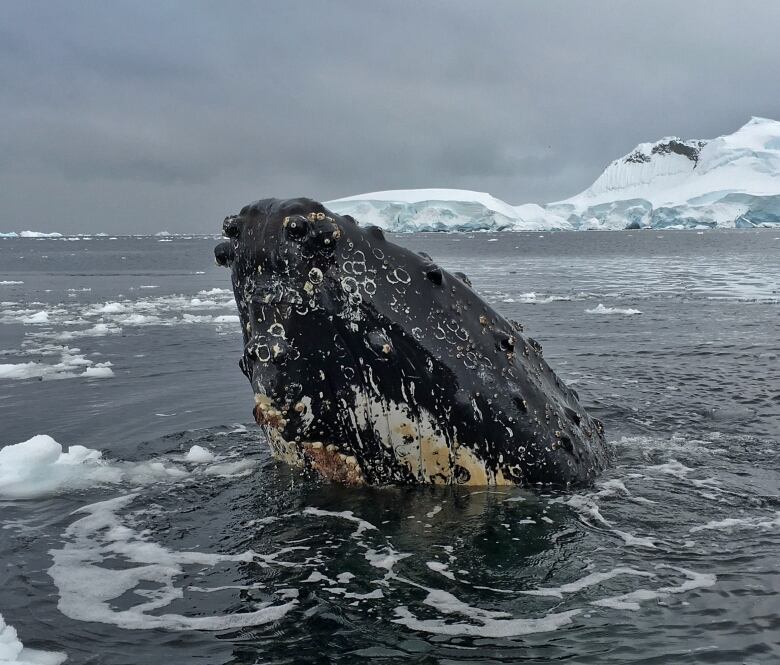
Then came the photos, shot from satellites.
"They spotted the poo," said Keating, who traveled with a group of scientists studying penguinsand whales in the area.
"Put 1.5 millionpenguins in a little area, it's going tocolour the landscape and that's what it did."
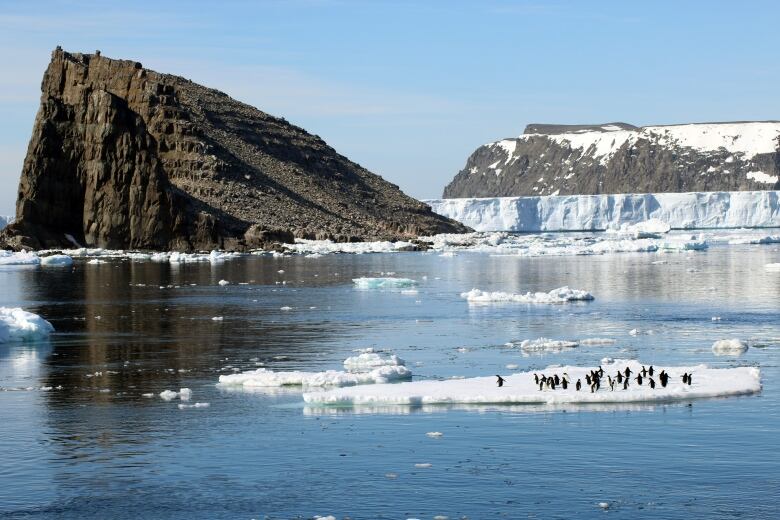
Drone photos of whales
Researchers used drones to shoot photos of the whalesin order to do comparative studies to measure their health.
"If you photograph a whale from above and compare it with its young and you can do a type of analysis, that measures body weight, body fat and fitness," he said.
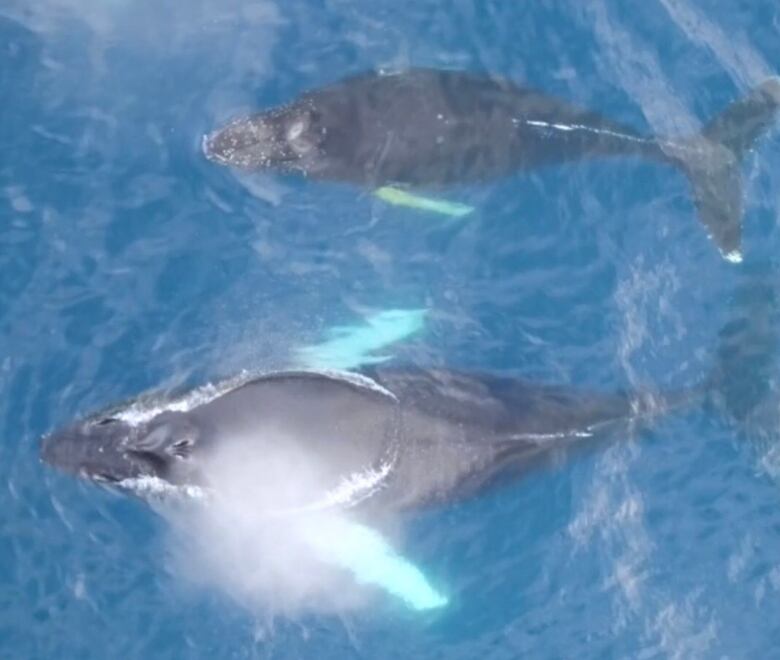
To study the penguins, one researcher actually used a hand counter.
"Becauseit's difficult to reach andbecausethey found it on satellite,they decided to sendin a ground team to basically confirm what they thought they were seeing,"Keatingsaid.
"They counted 751,527 pairsand they've been around for a long time. They examined satellitephotos dating back to 1959 and they believe the colony has been stable over that time, which is in contrast to the other side of the peninsula where I was, Adeliepopulationshave been disappearing and moving south becauseof the change in ice area.
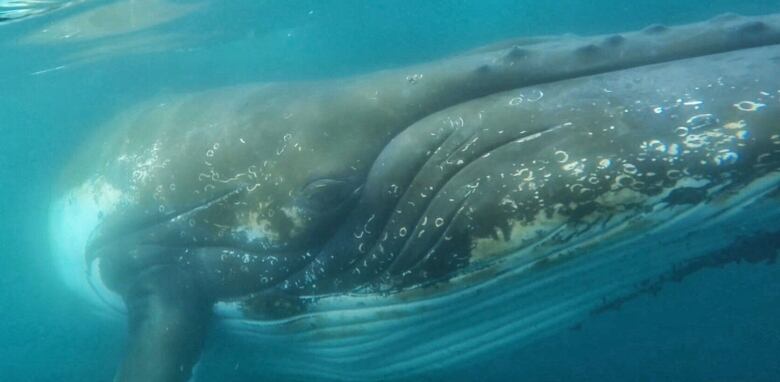
Impact of discovery
"When you think of the importance of science in these types of discoveries, it can help make important conservation decisions.

With files from The Homestretch
- MORE CALGARY NEWS| 1st NHL player of colour, Larry Kwong, dies at 94
- MORE CALGARY NEWS| Calgary airport can't spare a dime for the C-Train until employment takes off












_(720p).jpg)


 OFFICIAL HD MUSIC VIDEO.jpg)
.jpg)



























































































